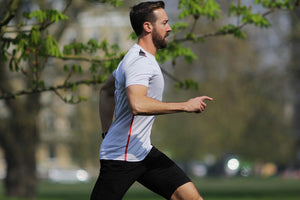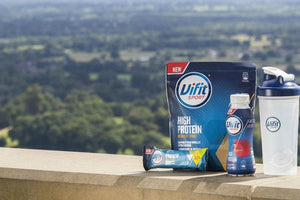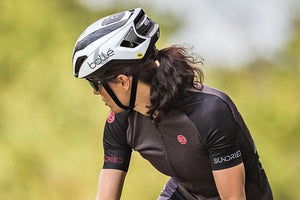
My experience in triathlon so far, like everyone, has come with ups and downs. From achieving race times that shocked me during the high moments to long frustrating months recovering from injury (or in my case... not recovering). What started as mild Achilles tendonitis over a year ago led to plantar fasciitis, giving me pain even when resting. While these injuries have been far from terrible, there is nothing more disheartening for an athlete than not being able to push your body in the build up to race season.
It has taken a lot of reflection to find the root of the problem. For me, this has become a game of trial and error and going back to form and recovery basics, which I would have preferred to avoid. As I start to feel like my rehab and physiotherapy are beginning to pay off, I grow confident for the future but I have come to realise that there are so many different factors that impact recovery time. As far as I can tell, these break down into at least 3 main factors: strength and conditioning, rest (or not too much), stretching, and consistency of all these things with no excuse.
I have taken to the gym with my coach more than ever this year in order to build the strength essential for the body to handle the workload demanded from endurance sport. But with every muscle that gains strength there is another in danger of being neglected. It is important that we train correctly in order for another muscle group not to be left behind when the workload is intensified. While we know that all muscles work in groups and rely on each other when the going gets tough, it is easy to neglect a certain area in the gym. Many painful niggles come from certain joints such as the ankle. This could be from not strengthening areas around the ankle while continuing to load the calves during achilles rehab.
One area which highlighted my ignorance was my assumption that rest and rest alone would mean I can just jump back into the deep end once I felt some discomfort lift. In fact, I experienced quite the opposite. Before a two-week break to Asia I had convinced myself that this would give me the break I needed to allow my body to recover. To my surprise, my injury actually worsened during the break. It became apparent that without my calf raises and foot stretching the injury simply returned. When I returned home, I began running again and the pain the following day was a lot less noticeable than on days where I had neglected rehab exercises and running altogether. Consistency again proving to be everything in both training and rehab alike.
I’m sure there is no need for me to tell you that it is important to stretch after any form of exercise, however many of us do not get near enough stretching done to help fight the inevitable lactic acid brought on by the miles of pavement we cover. A foam roller really is an athlete's best friend as we can't all be provided with a personal physio like those on the screen. A good part of every evening, whether you've put in a hard session or enjoyed a rest day, should be spent in front of the soaps accompanied by the roller and your stretch routine. This means getting closer to those toes week by week for those inflexible guys and girls like myself. It has been highlighted that my range of flexibility as well as my low run cadence have had huge input into my current injuries.
Injury has been an unwelcome accomplice for the vast majority of athletes from every level and ability at some point in their sporting journey. At times this has led to serious frustration and doubts about my ability to achieve the goals I’ve set after finding love for triathlon. But with every setback comes hunger and with every slow run drives the determination to re-find form and smash P.Bs... be it this year, the next or in 2 years time. We have to remind ourselves that our goals will always be achievable if our mind is stronger than our ability. Sport takes patience and mental strength. This is the first thing we learn attempting an endurance sport and it's equally relevant in reaching the future perception of ourselves.
About the author: Luke Elgar is a triathlete and Sundried ambassador.





